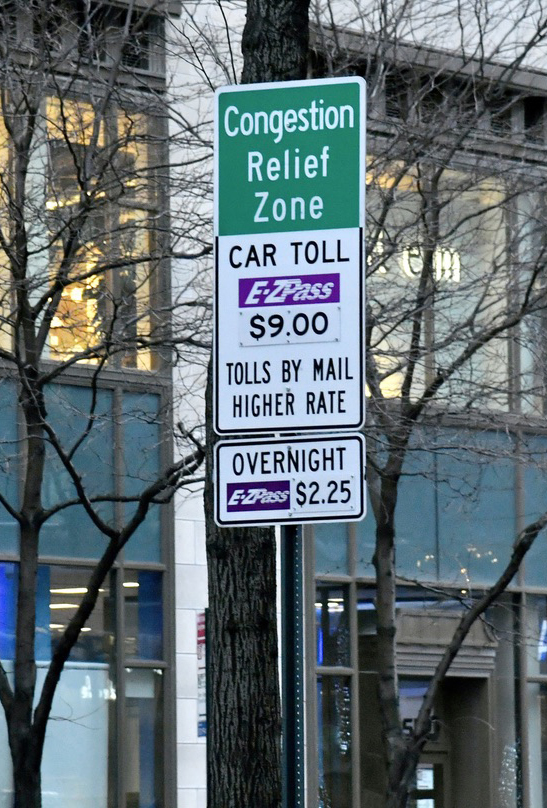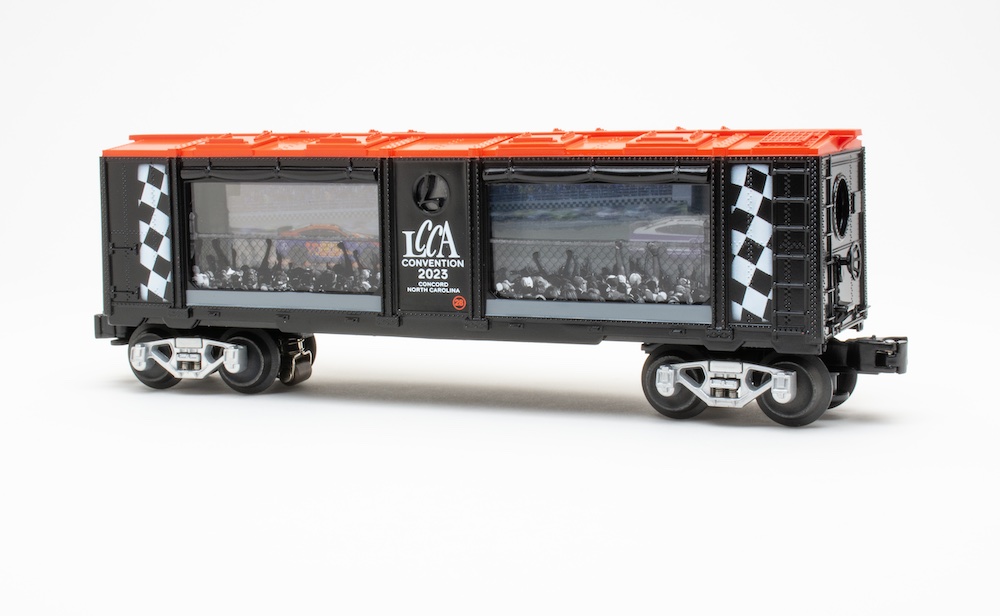The deal, which was announced last month, is an indication that CSX’s primary aim is to grow the business, Foote told an investor conference this week.
“Normally, a Class I would not have sold that line to another Class I railroad,” Foote says, noting there’s strong demand from potential short line operators. “Anytime we put a for sale sign up, we’ve got 22 bankers and 15 infrastructure funds at the door the next day wanting to buy it.”
But spinning off the Montreal route to a short line would put another railroad between CSX and CN, complicating the connection between the Class I systems and stifling potential traffic growth.
CSX and CN in October will begin joint intermodal service linking Toronto and Montreal with New York, New Jersey, and Philadelphia. The traffic will ride the railroads’ existing trains that are exchanged at the Buffalo, N.Y., gateway, and in Huntington, Quebec.
In Montreal, the traffic will use CN’s terminal inside the city limits instead of the CSX terminal in Valleyfield, which is southwest of Montreal.
“Our focus right now is to grow the business and we’re looking at unique and creative ways to do that,” Foote says.
Most line sales to short lines do not meet expectations, Foote contends.
“When we cut off that line, guess what? It doesn’t grow,” he says.
CSX’s ongoing network rationalization program has identified about 4,500-miles of low-density routes as candidates for potential sale or lease, a figure that includes the 1,325 miles of lines that have already been put out to bid, sold, or are in the process of being sold.
Foote spoke at the Morgan Stanley seventh annual Laguna Conference on Wednesday.















I agree with Mr. Adams the shortest distance between two points is a straight line , and from Montreal south to the port of Albany NY. which has a direct route to CSX main yard in Selkirk would be the former Delaware & Hudson route threw Rouses Point ,the only problem there might be is after being taken over by several different railroads a lot of the line was singled tracked with a few short siding , that would have to change back to double track to handle a larger volume of trains !
I’m glad I traded out of CSX and into CNI. I’m seeing what I’ve seen before with Chicago and Northwestern, a self-liquidating railroad.
This is like “we lose money on every carload but make it up in volume.”
Gerald, that’s where there’s actually opportunities to grow local business.That by and large doesn’t exist here since most of the few industries and other customers located along this line are already utilizing it like the several paper mills, Alcoa West, the US Army at Fort Drum, etc.
Of course there’s always a chance of growing existing business such as shipping finished product out for a firm that may be only receiving raw materials by rail today, but that’s not a huge opportunity here. And when a rail user on this line has stopped using rail in the last few decades, it’s typically coincided with the closure of the business itself and the ripping out of the siding like New York Hardwoods in Potsdam.
There have been very few exceptions in my lifetime up here where a business has stopped using rail permanently yet still is in business. Off the top of my head I can only think of Suburban Propane ripping out their siding in Canton when they seemed to slim down their location and sold some of it off, yet they still do business out of there 20 some years after losing their siding that occasionally would have a tank car spotted on it when I was a kid and a teenager.
And there’s virtually no growth here in the North Country and what few new opportunities that open don’t come close to compensating for the continuation of a half century industrial and agricultural decline in communities like Massena that have lost Alcoa East and General Motors in the 2000’s, with their last big industry always on the verge of disappearing with Alcoa West.
There’s very little local traffic for such a long line and very limited potential to grow it. Almost all the potential this line has for growth is with cross-border bridge traffic. Having a short line intermediary isn’t going to be the best way to nurture that opportunity.
Foote is full of BS, saying that selling a line off to short line doesn’t promote growth can be easily refuted by looking at a dozen existing short lines and comparing traffic today vs traffic before the Class 1 sold it…in the majority of cases traffic as grown exponentially.
CN must think more of the customer than CSX does .
Seems a bit odd, If CSX truely wanted to grow traffic between NYC and Montreal would it not make much more sense to interchange with CP in the Albany area and use the shorter former D and H route. Am I missing something here besides the desire to get cash for the Massena line?